Photolux Photography Biennial
Photolux Photography Biennial
October 27, 2015
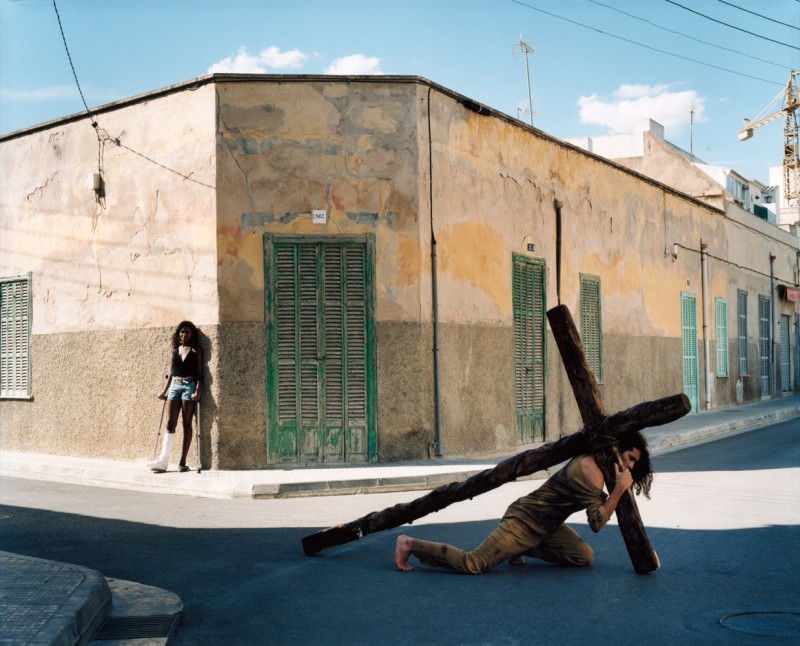
$italic:Le chemin de croix$, 1997 © Bettina Rheims
The motto for this year is The Holy and the Profane. In this interview, Stefanelli explains the idea behind it and to which works he is giving particular emphasis.
The Holy and the Profane is a powerful theme. What inspired you to it?
Lucca is a small town with just 90,000 inhabitants. Within the four kilometres of city walls there are 100 churches. We have the highest concentration of churches in the whole of Italy! That certainly influenced my thinking. In addition, Aurelio Amendola plays an important role: I could see one of his pictures in my mind's eye as I developed the theme. He dedicated his whole life to photographing sacred motifs in a new light, especially in St. Peter's in Rome and the work of Michelangelo, giving them amazing new perspectives. So, Aurelio Amendola and his images represent one of the basic indicators for this year's motto. Starting from his motifs that enlighten Christian symbolism, I tried to take into consideration themes related to all the great religions of the world.
Joel-Peter Witkin is this year's guest of honour. What appeals to you about his work?
When I developed this year’s motto, I knew that he was one of the masters of this kind of photography. As I wrote in my text for the exhibition, “No one before him has created similar photographic images, ripping through the heavy curtain of tradition.” His gaze is unique and provocative and his images are deeply shocking. All his tableaux are rich in symbols and references to sacred stories and figures. That’s the reason why I first thought of Witkin as the guest of honour for the 2015 Photolux Festival. Then, going deeper inside his artistic work, I discovered that he was deeply scared during his childhood. He spent a lot of time with his grandmother, a very religious woman who said the rosary daily. A mystical, and in other ways, invasive experience in the psyche of a child. In addition, Witkin had another terrifying experience when he was a child: a child was decapitated in a car accident and her head rolled right up to his feet, and he bent sown to touch her. Those episodes were certainly crucial for him and he transformed them into creative inspiration. Most of the images I selected for this retrospective are not so easy to read, but they question the observer with regard to the significance of the sacred and the profane. So, having Witkin’s exhibition among the others in the festival is quite a challenge; but I think he is undoubtedly one of the most significant authors of contemporary photography and it’s a great honour for me to show his work in Lucca.
Creation by Ernst Haas will also be on display. The photographer's very broad project is an anthem to planet Earth and its creation.
Exactly, even the title of the series is so perfect that it’s obvious it had to be in the selection for Photolux. Ernst Haas is one of my favorite photographers! He was a pioneer of colour and he was a teacher for many photographers. It’s the first time his pictures are shown in Italy.
Of the other works on display at Photolux 2015, which ones would you also emphasize?
Bettina Rheims, because she created a new way of showing the story of Jesus. Strong and powerful work. I saw Patrick Willocq's I am a Walé Respect Me series in Arles last year and was struck by its power. We show another edit of his coverage of this rite of initiation that is widespread among the Ekonda pygmies of Congo. And I would also recommend taking a closer look at Ivo Saglietti’s Unter the Tent of Abraham. He is a very good documentary photographer but not very well known in Italy. His work is very important: he shows that people of different religions and backgrounds can live together in peace. It was shot in Syria and is very current.
Find out more about Photolux and the Italian photography scene in an interview with Enrico Stefanelli that appears in LFI 8/2015.
www.photoluxfestival.it

$italic:Le chemin de croix$, 1997 © Bettina Rheims
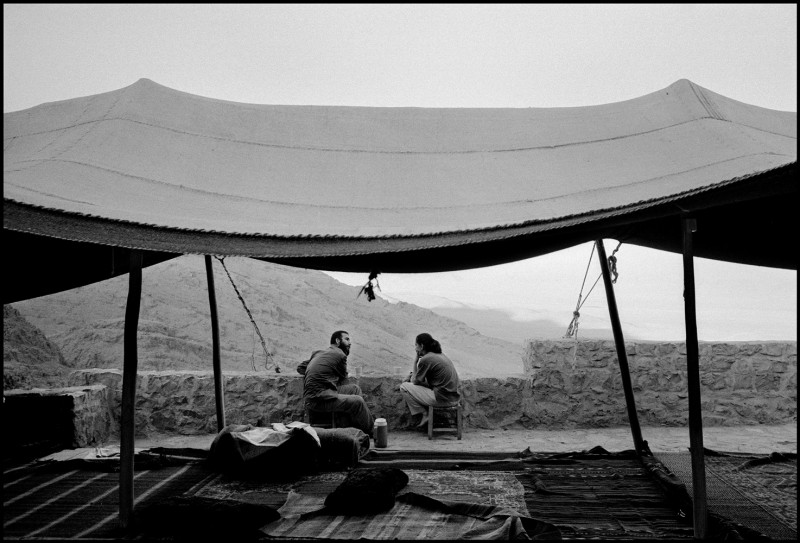
$italic:Sotto la tenda di Abramo$, 2004 © Ivo Saglietti
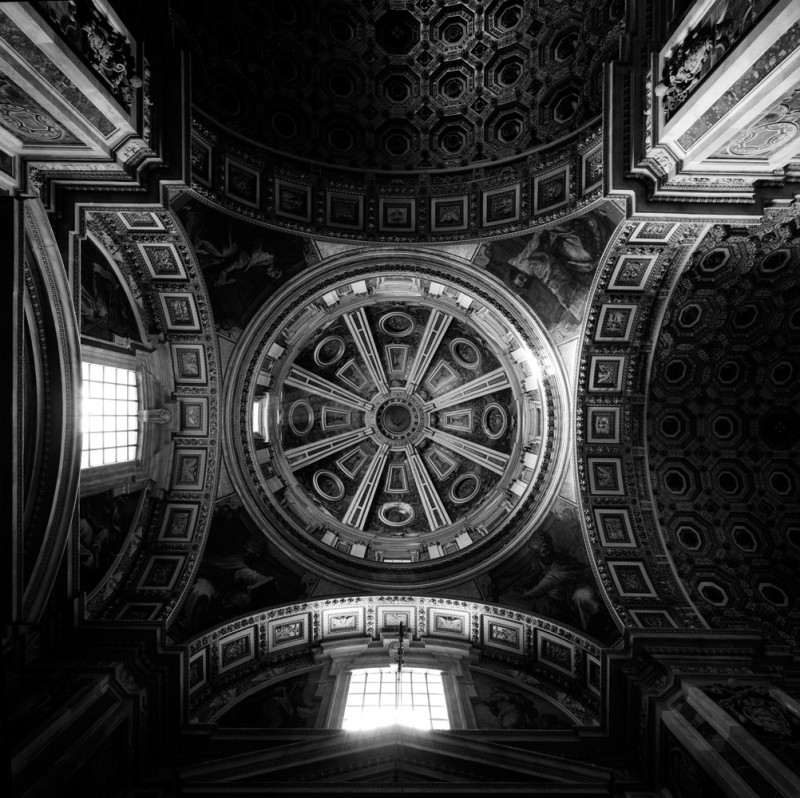
$italic:Basilica di San Pietro$, 1998 © Aurelio Amendola

$italic:Surtsey Volcano$, 1971 © Ernst Haas
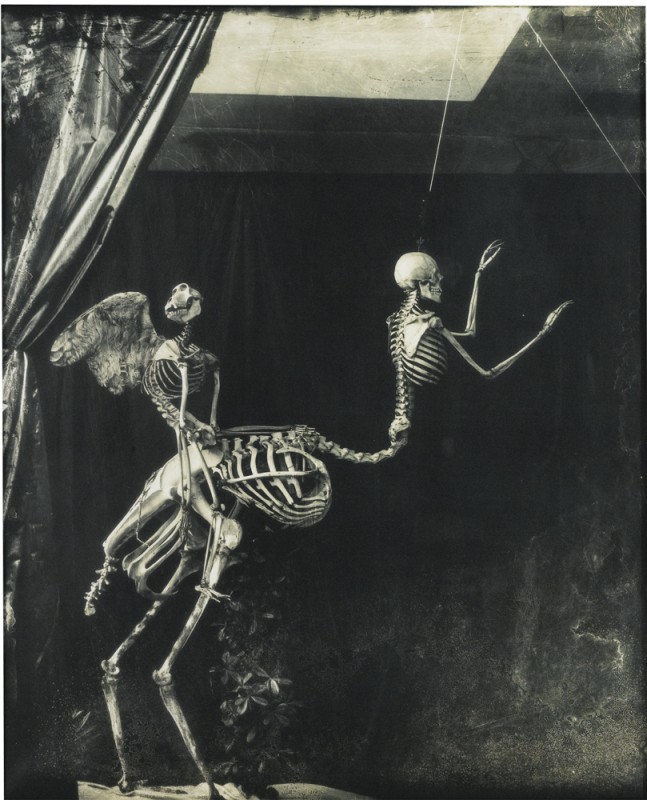
$italic:Cupid and Centaur in the museum of love$, 1992 © Joel-Peter Witkin
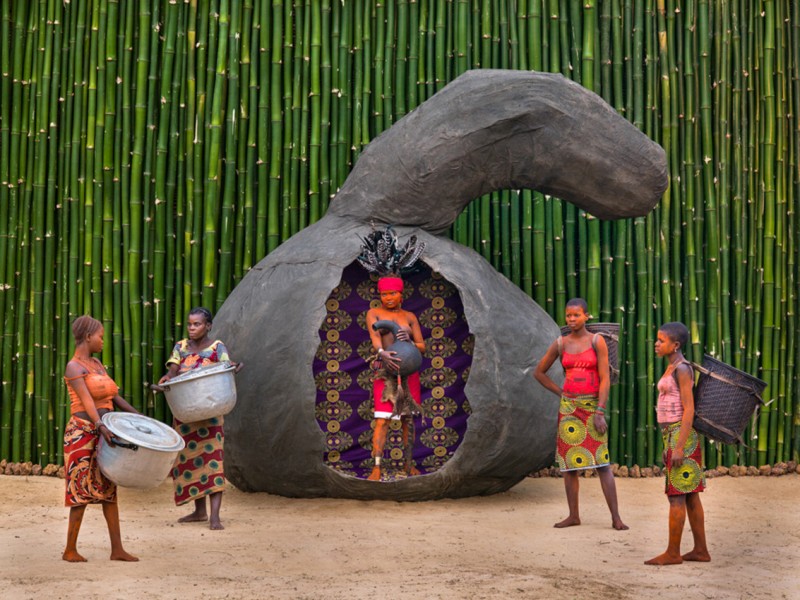
$italic:Walé Ikita, confident and shameless$, 2014 © Patrick Willocq